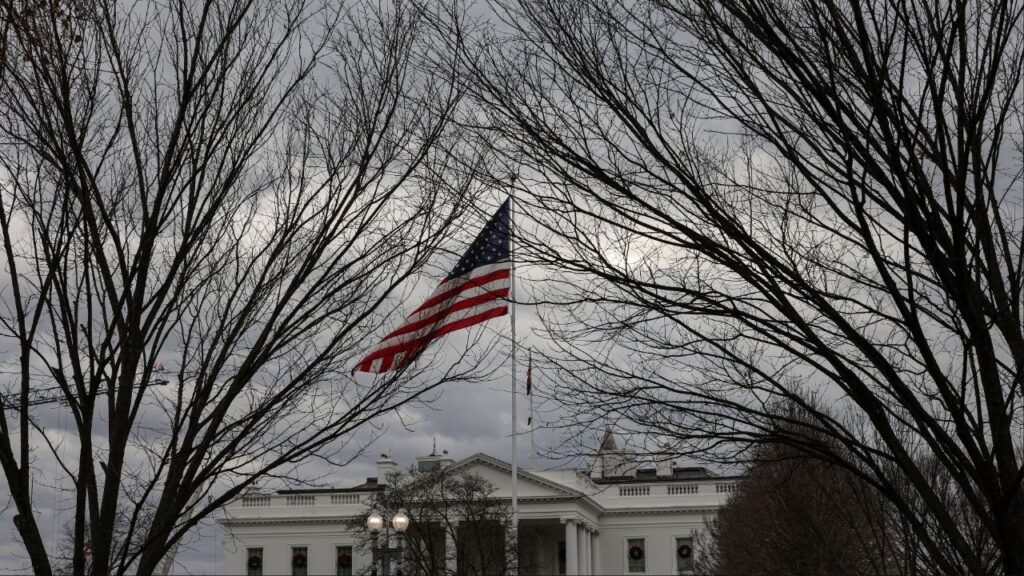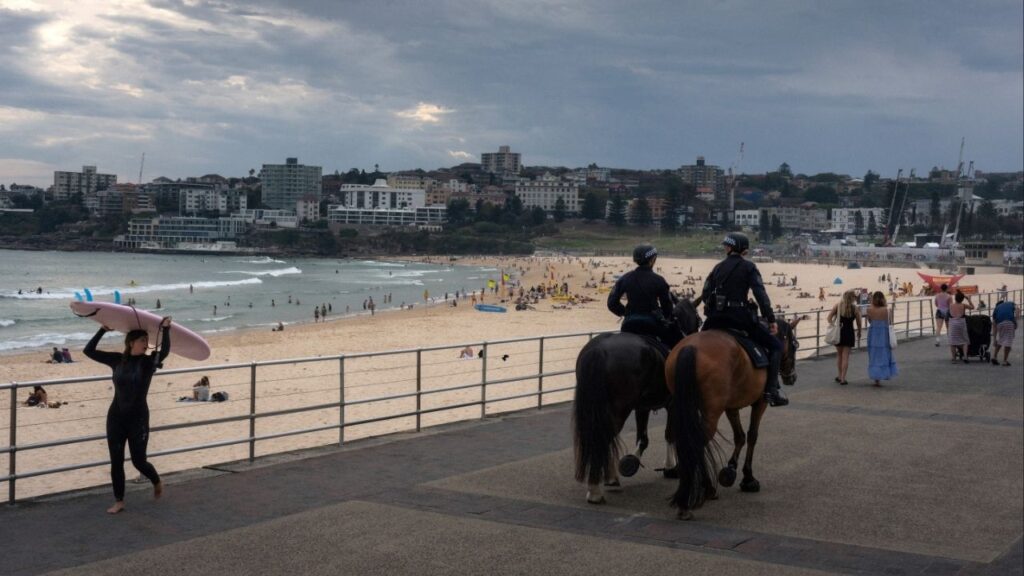Share
SAN FRANCISCO — The California Supreme Court blocked a measure Wednesday that would divide the state in three from appearing on the November ballot.
The justices ordered the secretary of state not to put the ballot initiative before voters, saying significant questions have been raised about its validity. The court now will consider a challenge from the Planning and Conservation League, an environmental group that argued splitting up California would drastically change its government structure beyond what can be accomplished through a simple ballot initiative.
The justices Wednesday ordered the secretary of state not to put the initiative before voters, saying significant questions have been raised about its validity.
“We conclude that the potential harm in permitting the measure to remain on the ballot outweighs the potential harm in delaying the proposition to a future election,” the justices wrote in a unanimous ruling.
They said time constraints forced them to rule on the issue immediately.
Draper’s Response
Venture capitalist Tim Draper, who spent more than $1.7 million on his “Cal 3” initiative, has tried for years to split the state, arguing it has become ungovernable because of its size, wealth disparities, and geographic diversity. His last attempt to divide California in six didn’t gather enough signatures to make the ballot in 2016.
“The whole point of the initiative process was to be set up as a protection from a government that was no longer representing its people. Now that protection has been corrupted,” Draper said in a statement. “Whether you agree or not with this initiative, this is not the way democracies are supposed to work.”

The environmental group’s lawsuit says major changes to the state’s government structure require approval from two-thirds of the Legislature before being considered by voters or a state constitutional convention.
Draper has argued that the measure doesn’t go beyond what voters can enact through an initiative. If passed, it would be only the first step toward splitting the state, he said.
The initiative, which could appear on a future ballot if the court ultimately rules in its favor, seeks to divide the state into Northern California, California and Southern California.
Its supporters argue the state has become ungovernable because of its size, wealth disparities, and geographic diversity.
Northern California would comprise the Bay Area, Silicon Valley, Sacramento and counties north of the state capital.
California would be a strip of land along the coast stretching from Los Angeles to Monterey.
Southern California would include Fresno and the surrounding farming communities, reaching all the way to San Diego and the Mexican border.
RELATED TOPICS:
Categories

Fresno Underpass Closed Due to Flooding

















